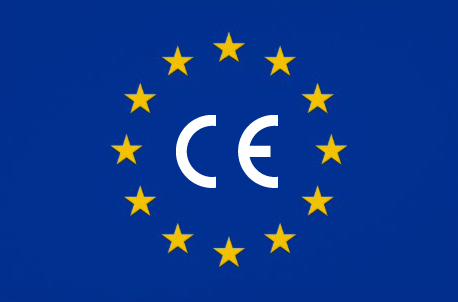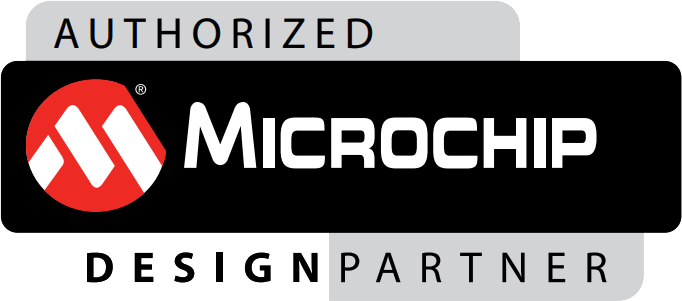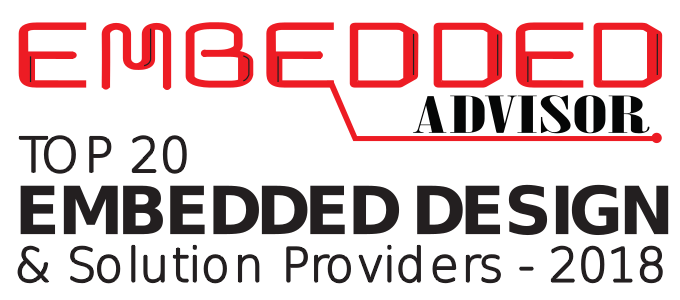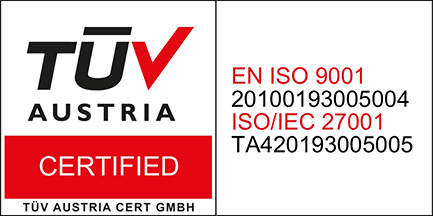Product Approvals & CE Marking – In a Nutshell
If you are “placing products on the market within the EU” then you should always evaluate any possible legislative rules that may apply. The “Blue Guide” on the implementation of EU product rules provides a comprehensive guide. However, at around 150 pages, you may find that a time consuming read, so here is our summary…..

When Do the Rules Apply?
The rules apply when a product is placed on the market and importantly to any subsequent operation which constitutes making it available to the end-user. It applies to newly manufactured products but also to second hand products imported to the EU from another country for the first time.
A product subject to important changes or overhauls aiming to modify its original performance, purpose or type may be considered as a new product.
Not all products must bear the CE mark. It is required only for product categories mentioned in specific EU directives on the CE marking, for example (but not limited to):
- Radio Equipment Directive (RED) 2014/53/EU
- Low Voltage Directive (LVD) 2014/35/EU
- EMC Directive (2004/108/EC)
- Construction Product Directive EU No. 305/2011
- Machinery Directive 2006/42/EC
- Restriction of Hazardous Substances in Electrical and Electronic Equipment Directive 2011/65/EU
- Eco-design of energy related Products Directive 2009/125/EC
What must we do as a manufacturer?
The guide defines roles within the supply chain and the obligations for them. These include the manufacturer, authorized representative, importer, fulfillment service providers and other intermediaries. Manufacturers are those who design and manufacture a product, placing it on the market under their own name or trademark. They are responsible for the conformity assessment of the product and are subject to a series of obligations including trace-ability requirements. As a general rule manufacturers must take all measures necessary to ensure that the manufacturing process assures compliance of the products.
The key objective is for the manufacturer is to demonstrate conformity with the essential requirements of the applicable directives. This can be done by demonstrating compliance with an applicable harmonies standard where a presumption of conformity is then presumed. Importantly the relevant essential or other legal requirements aimed to be covered are usually indicated in a separate informative annex to a harmonized standard.
It is the manufacturers responsibility to:
- Carry out conformity assessment.
- Set up the technical file
- Issue the EU Declaration of Conformity
- Affix a CE Mark to their product
So how do Manufacturers go about this?
The technical documentation is intended to provide the information on the design, manufacture and operation of the product and must be kept for 10 years from the date of placing the product on the market. The contents required for the technical documentation are laid down in each Union harmonization act.
If you are a manufacturer, you have to follow these 6 steps to affix a CE marking to your product.:
- Identify the applicable directive(s) and harmonized standards.
- Verify product specific requirements.
- Identify whether an independent conformity assessment (by a notified body) is necessary.
- Test the product and check its conformity.
- Draw up and keep available the required documentation.
- Affix the CE marking and draw up the EU declaration of conformity.
These 6 steps may differ by product as the conformity assessment procedure varies. Manufacturers must not affix CE marking to products that don’t fall under the scope of one of the directives providing for its affixing. The technical documentation is intended to provide the information on the design, manufacture and operation of the product and must be kept for 10 years from the date of placing the product on the market. The contents required for the technical documentation are laid down in each Union harmonisation act.
We hope you find this information helpful.
This article offers an overview and should not be treated as an official document that can be relied upon for compliance against EU law.




